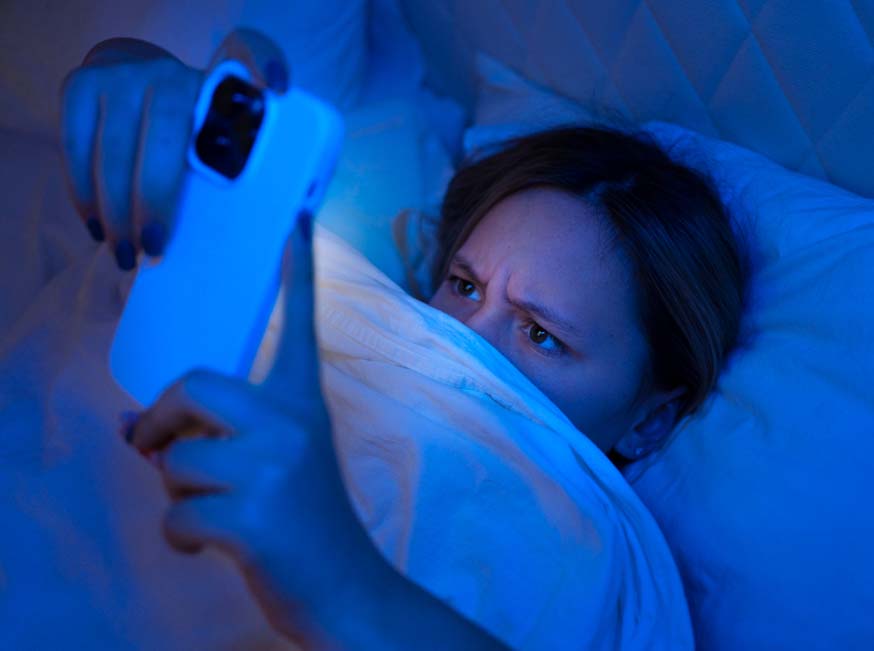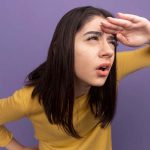We’re constantly using devices like phones, tablets, laptops and TVs. But could the blue light emitted be harmful to our eyes over time? Let’s take a closer look at blue light and its effects on vision.
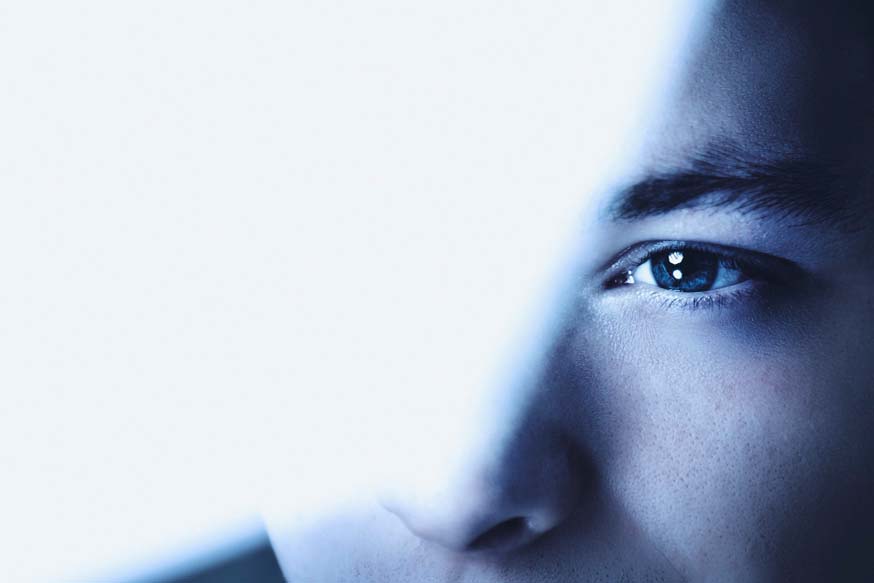
Learn the facts about blue light emitted from digital devices and its impact on eyesight. Experts explain how blue light affects sleep and vision health, as well as tips to reduce strain.
What is Blue Light?
Blue light makes up approximately one-third of the visible light spectrum that our eyes can see. It has a shorter wavelength and higher energy than other colors. The main sources of blue light are sunlight and artificial lighting like fluorescent bulbs, LED displays and electronic screens.

Blue light has both benefits and potential downsides depending on exposure levels and timing. It helps regulate circadian rhythms and boosts mood, alertness and cognitive function during the day. However, too much exposure too close to bedtime can disrupt sleep.
Does Blue Light Cause Eye Damage?
While blue light alone has not been proven to directly damage eyes, long-term overexposure poses risks. Constant blue light exposure may lead to vision problems like age-related macular degeneration over decades due to retinal cell damage. It has also been linked to cataracts and growths on the eyes.
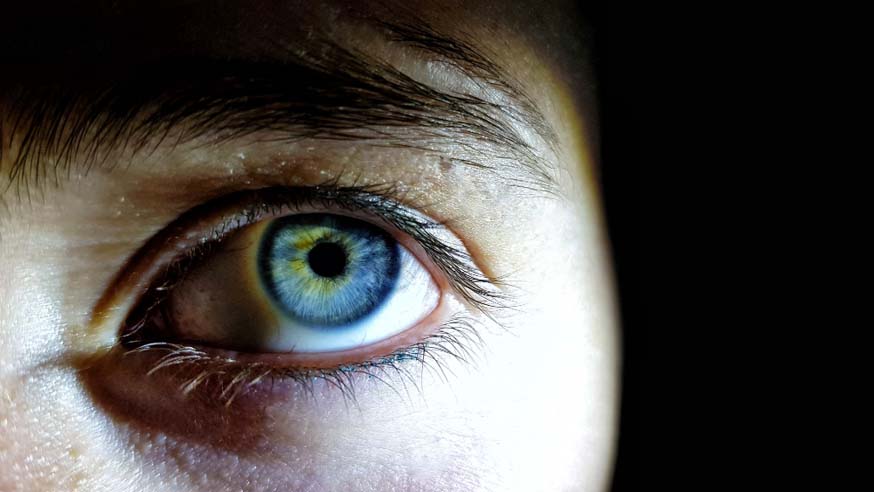
Children are especially vulnerable because their developing eyes absorb more blue light. Excessive device use has risen in step with rising nearsightedness rates in recent youth. However, more research is still needed to determine a true cause and effect relationship between blue light and eye health issues.
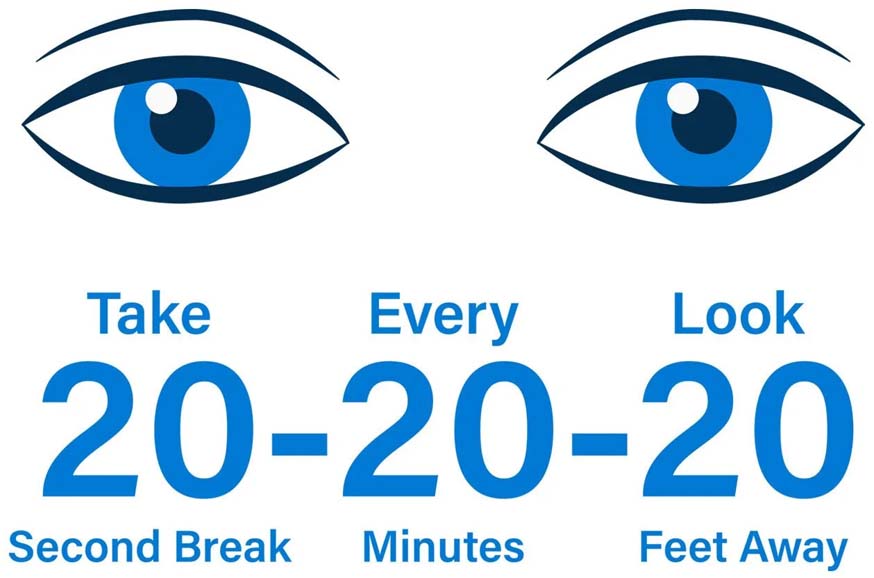
In the short term, blue light can contribute to digital eye strain through effects like dry eyes from reduced blinking. Symptoms include headaches, blurred vision and eye fatigue. Taking regular screen breaks and following the 20-20-20 rule helps alleviate temporary eye discomfort.
Do Blue Light Glasses Help?
While blue light glasses have grown popular as a solution, research on their benefits remains inconclusive. Tinted lenses may modestly reduce eye strain in some cases by blocking high-energy wavelengths.
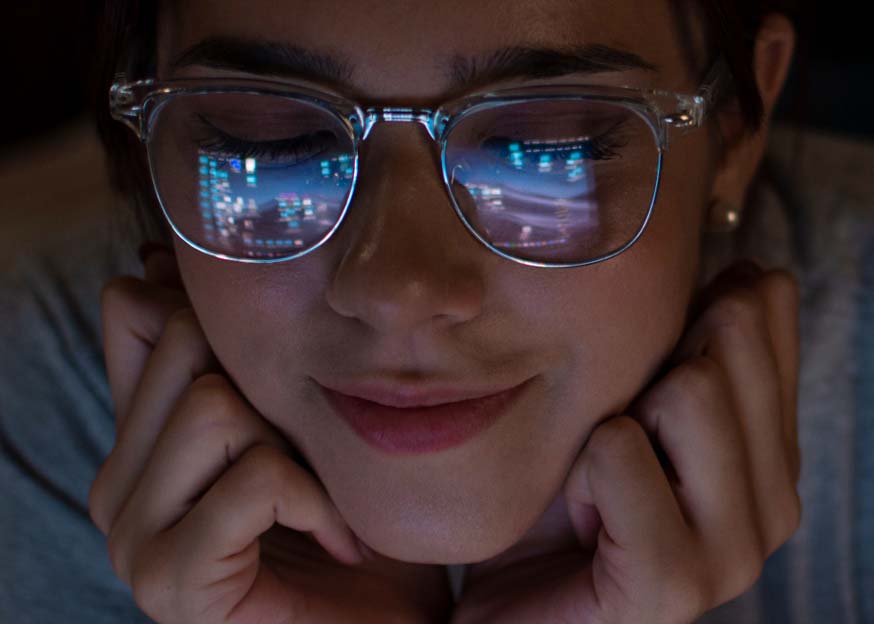
However, strong evidence is still lacking that glasses alone prevent potential long-term vision issues from blue light over decades. Non-prescription lenses also don’t fully block all blue wavelengths. Proper device hygiene, lighting and occasional eye exams remain most prudent.
How Does Blue Light Affect Sleep?
After sunset, blue light suppresses melatonin production and signals the body to stay alert. Too much exposure from screens before bed interrupts circadian rhythms, making it harder to fall and stay asleep.

This disrupted sleep-wake cycle has been linked to various health problems like obesity, depression, diabetes and heart disease through hormonal imbalances over time. Limiting device use for 2-3 hours before bed helps minimize blue light’s effects on sleep.
Tips to Reduce Blue Light Impact
- Use blue light-filtering apps or enable “Night Shift” modes on devices after dark.
- Add anti-reflective coatings or privacy filters to minimize screen glare.
- Follow the 20-20-20 rule and take regular breaks when staring at screens for long periods.
- See an eye doctor regularly to check for and treat any underlying vision issues.
- Consider blue light glasses if digital eye strain persists despite healthier habits.
- Spend time outdoors when possible to balance blue light exposure.

In moderation with safety precautions, blue light from devices likely poses minimal long-term risks to vision. But too much unfiltered exposure, especially late at night, may disrupt body rhythms and potentially compound eye health issues over decades. Monitoring device use judiciously helps minimize blue light’s effects.
Conclusion
While research continues, current evidence suggests blue light alone is not a direct cause of vision damage. However, prolonged overexposure, especially without proper breaks, holds risks of digital eye strain and potentially worsening existing eye conditions.

By understanding blue light’s impacts, setting limits on late evening screen use and prioritizing eye health through checkups, most people can safely enjoy technology benefits each day. Moderation, timed device curfews and simple lifestyle adjustments provide the best approach to blue light hygiene.

